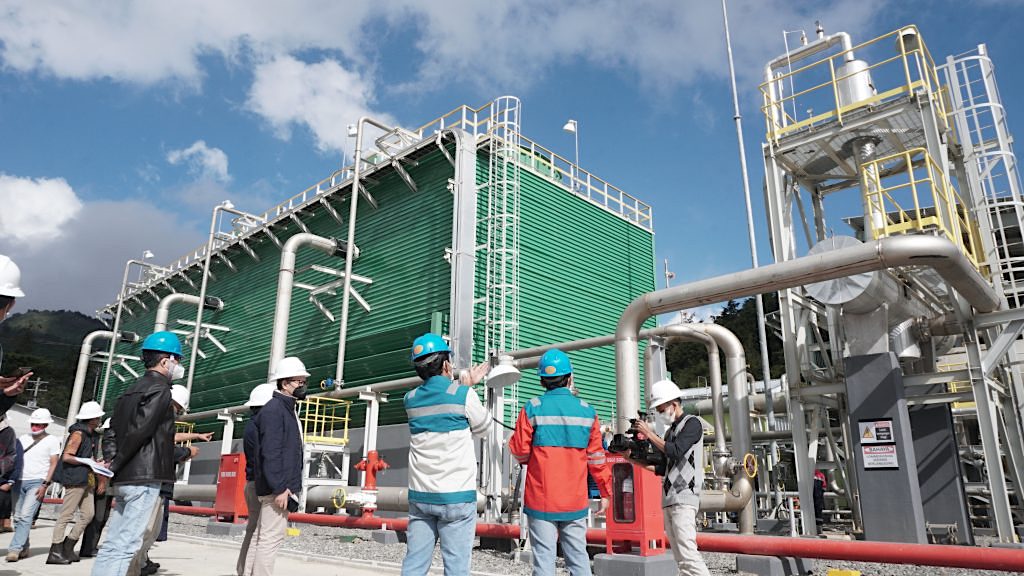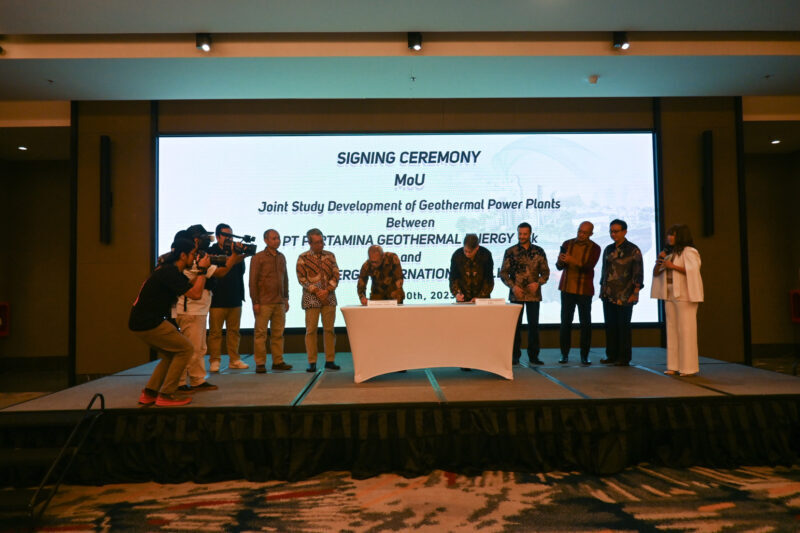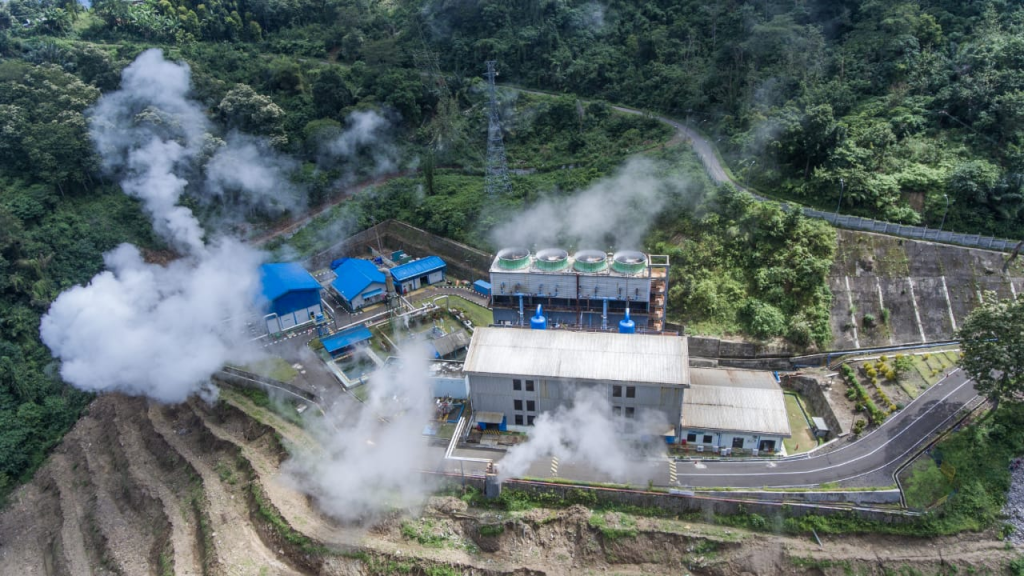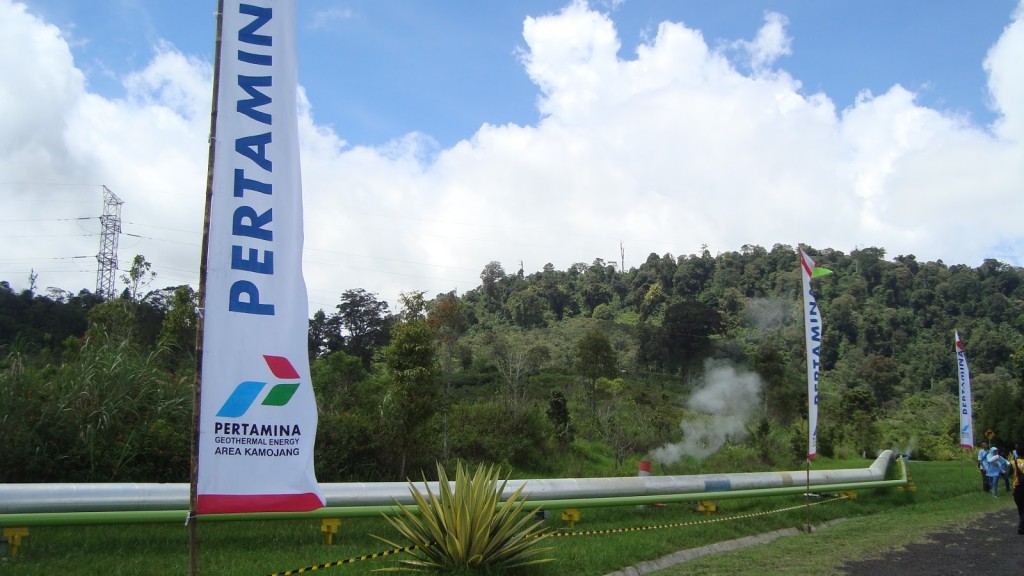Founded in 1979, Shenzhen Power Supply Bureau (SPSB) is a wholly-owned subsidiary of China Southern Power Grid (CSG). It provides electricity to most of the city of Shenzhen with a total service area of 1,953 km2 and a customer base of 3.05 million.
Shenzhen currently has 511 overhead lines at 110 kV and above running over 3,900 km, with more than 7,700 independent towers. Shenzhen's rapid development has seen a many transmission lines spread over a wide area, increasing the O&M workload for electrical power to onerous levels. In the last ten years, power line length has nearly doubled, but the power line maintenance crew has only increased from 60 to 80 people, which doesn’t satisfy current requirements.
However, providing a stable, secure, and high standard of power for the Special Economic Zone and the Guangdong-Hong Kong-Macao Greater Bay Area and applying technology to improve capabilities is the main mission of SPSB.
Building a smart line of defense for the power grid
Starting in 2019, the State Grid plans to invest billions of dollars to build smart transmission lines over three years covering the Guangdong-Hong Kong-Macao Greater Bay Area. The project covers:
Implementing coordinated operations covering “air, sky, land, and road" and an inspection system that features IoT-based power transmission hardware
Online monitoring of all lines that are 500 kV and above and at least 60 percent of lines that are 220 kV and above. Provincial authorities can decide the methodology for 110 kV lines.
Deploying lines that are 500 kV or on consecutive towers and 220 kV lines on every other tower.
Conducting drone inspections on all transmission lines that are 110 kV and above.
SPSB is also the first player in the global power industry to establish a joint innovation lab with Huawei, hoping to use Huawei's cutting-edge technology solutions to overcome the challenges of digital transformation. The joint innovation lab mainly conducts technical research and application in the fields of domestic CPUs, IoT, 5G, and AI analysis.
Intelligent inspections provide powerful support
According to Wei, all of Shenzhen is covered by transmission lines with the hardware spread widely and mostly on hills. Manual inspections are risky, involving altitude, mountains, and rivers. SPSB began to trial online video monitoring in 2013. Although it improved work efficiency, it lacked edge-based smart identification and required footage and images to be sent to the back-end for manual analysis. This restricted the entire system's edge communication and power supply resources, required extensive manual analysis, and couldn’t be rolled out at scale.
SPSB had previously piloted a traditional industry transmission video surveillance and image capture scheme, but the results weren’t ideal. First, data backhaul was difficult. Backhauling images consumes a large amount of traffic and devices were unable to be turned on for an extended time, so the video image resolution had to be reduced. Second, monitoring efficiency was low and results were poor. Data backhaul was dependent on troubleshooting by people, meaning things could be overlooked or misinterpreted. Overall time efficiency was poor, and there were long intervals between taking photos. Third, there were power consumption and reliability issues. The power supply for towers depends on solar energy, but power consumption for hardware operations were high, so extended rainy weather could lead to insufficient power supply and high offline rates for hardware.

To improve the above issues, SPSB and Huawei jointly deployed power transmission video surveillance devices on the edge side. The system integrated Atlas 200 AI acceleration modules and used AI inference algorithms to perform on-site image and video analysis and promptly upload alarms. A training and inference system was deployed at the main station to continuously optimize the algorithm model and, together with management software, enable remote model delivery deployment and fast upgrades to system functions. The system had the following advantages:
Front-end embedded AI reasoning, which improves time efficiency and accuracy, reduces backhaul traffic, and optimizes system costs.
Extremely low power consumption. The module supports multi-level energy efficiency management and is well adapted to the power supply system to ensure long-term, stable operations for the overall device.
Edge-cloud collaboration. A deep learning system deployed in the cloud continuously trains and optimizes the algorithm model, supporting edge-side remote model delivery and large-scale deployment.
"In the field of smart inspection systems for power transmission, Huawei's Ascend AI chip is deployed in transmission towers across the whole city and in drones' online monitoring cameras," says Wei. The system is used to identify five typical potential hazard scenarios and seven major body defects of transmission lines.
Kunpeng flexes its wings
The power data room houses all SPSB's service systems. Most of the servers currently use x86 architecture. The CPU and other core chips, operating systems, and databases, are all overseas’ technology and products that cannot be independently managed. The Director of the Information Center at SPSB, Lu Zhiming says, "Huawei's independently developed ARM-based CPU Kunpeng and its ecosystem offer us a new choice and meet our requirements. We’re researching and verifying service migration from x86 architecture to Kunpeng architecture. Ultimately, we hope to realize the full-stack localization of power IDC hardware and software resources.” He says that the local real-time processing of the edge data using Huawei's Ascend AI chip and SPSB’s grid service algorithms enable smart O&M, covering the inspection of power transmission and transformation. This includes on-site identification and alerts for potential hazards on the external construction of power lines and local identification of defects in drone images of power lines.
It is the first application of Huawei's domestic ARM-based CPU ecosystem, Ascend AI architecture, and device-end IoT in the power industry. SPSB used Huawei's IoT device-end technology to build the first AIoT architecture in the power industry. Converged communications access for multiple heterogeneous data sources was made possible for video, image, temperature, humidity, and windage yaw sensors in the power grid, improving device-end data perception capabilities.
At the same time, Huawei's 5G technology has also allowed the innovative application of ultra-broadband power services. "Harnessing 5G's fast speed, large bandwidth, and low latency in video inspection and monitoring services enables HD video backhaul and real-time video inspection of operating sites,” says Lv. “Using it in scheduling, for example in 5G differential protection and PMU (synchronized phase measurement for the grid), can improve the real-time control capabilities of the grid.”
By using AI, IoT, and advanced 5G technology, the SPSB have achieved the following:
Real-time alerts and accurate reporting, including the real-time monitoring and analysis of transmission line conditions, real-time alarms, and fewer false negatives and false alarms from manual monitoring.
Dramatic increase in efficiency. After the system was deployed, the O&M team could easily view line conditions remotely and use AI for smart image recognition, cutting personnel requirements and boosting the efficiency of power line O&M.
System cost savings. Front-end local analysis has slashed public network traffic and the use of cloud storage and computing resources, cutting system costs by more than 30 percent.
Today, SPSB has installed 2,312 online video monitoring devices. Equipped with Huawei's Atlas 200 AI acceleration module, they achieve the full coverage of transmission line corridors in Shenzhen. Carrying out inspections effortlessly from the comfort of the office is now becoming a reality.
In the future, SPSB plans to install nearly 3,000 transmission video monitoring devices on the transmission line. With Huawei's Ascend AI chip built in and loaded with the self-developed smart identification algorithms, it will support real-time smart identification at the front end and only return identification results to the back-end. Advanced technology is driving a historical transformation in the power industry, making the systems that power the lights in our homes intelligent and highly efficient.







